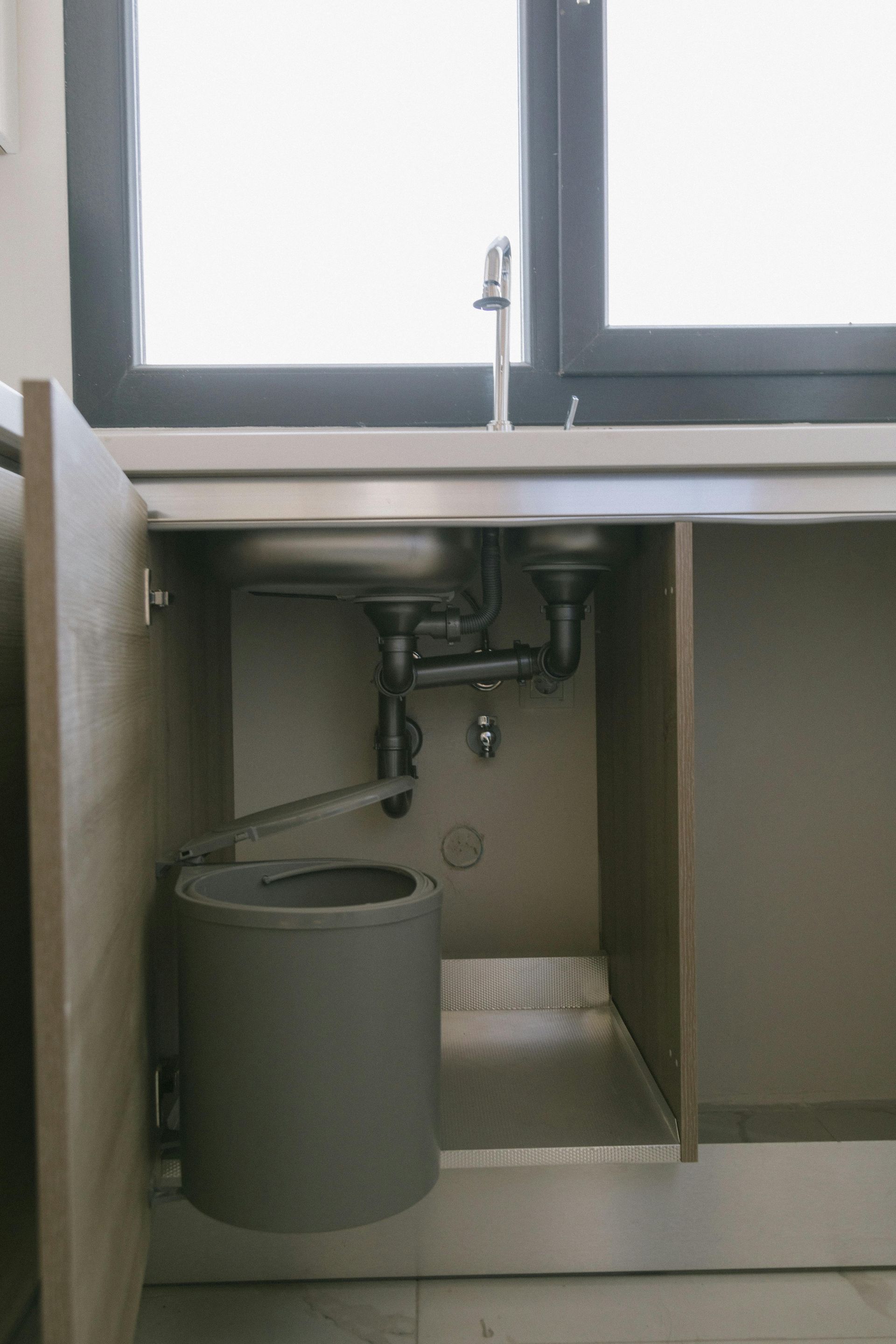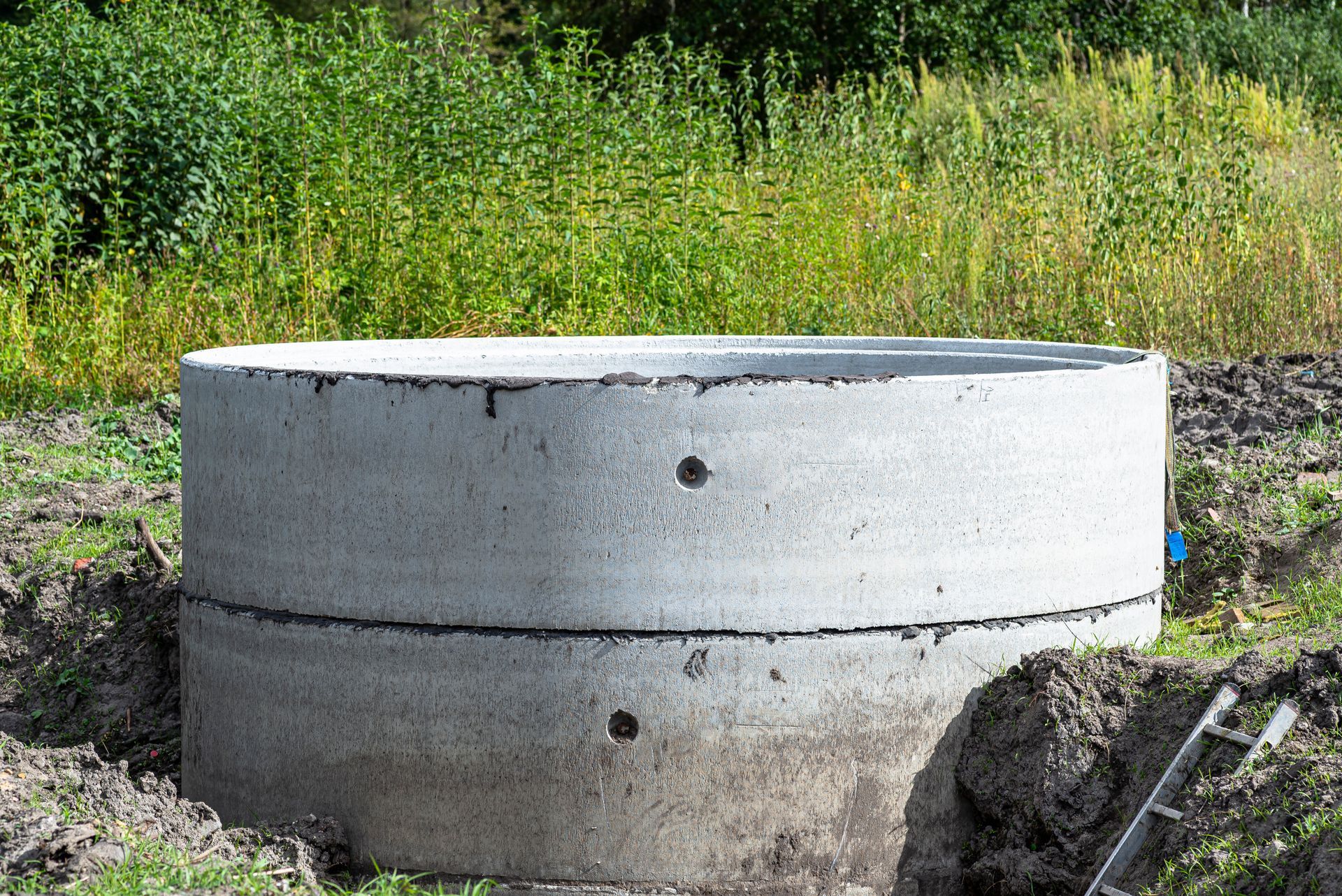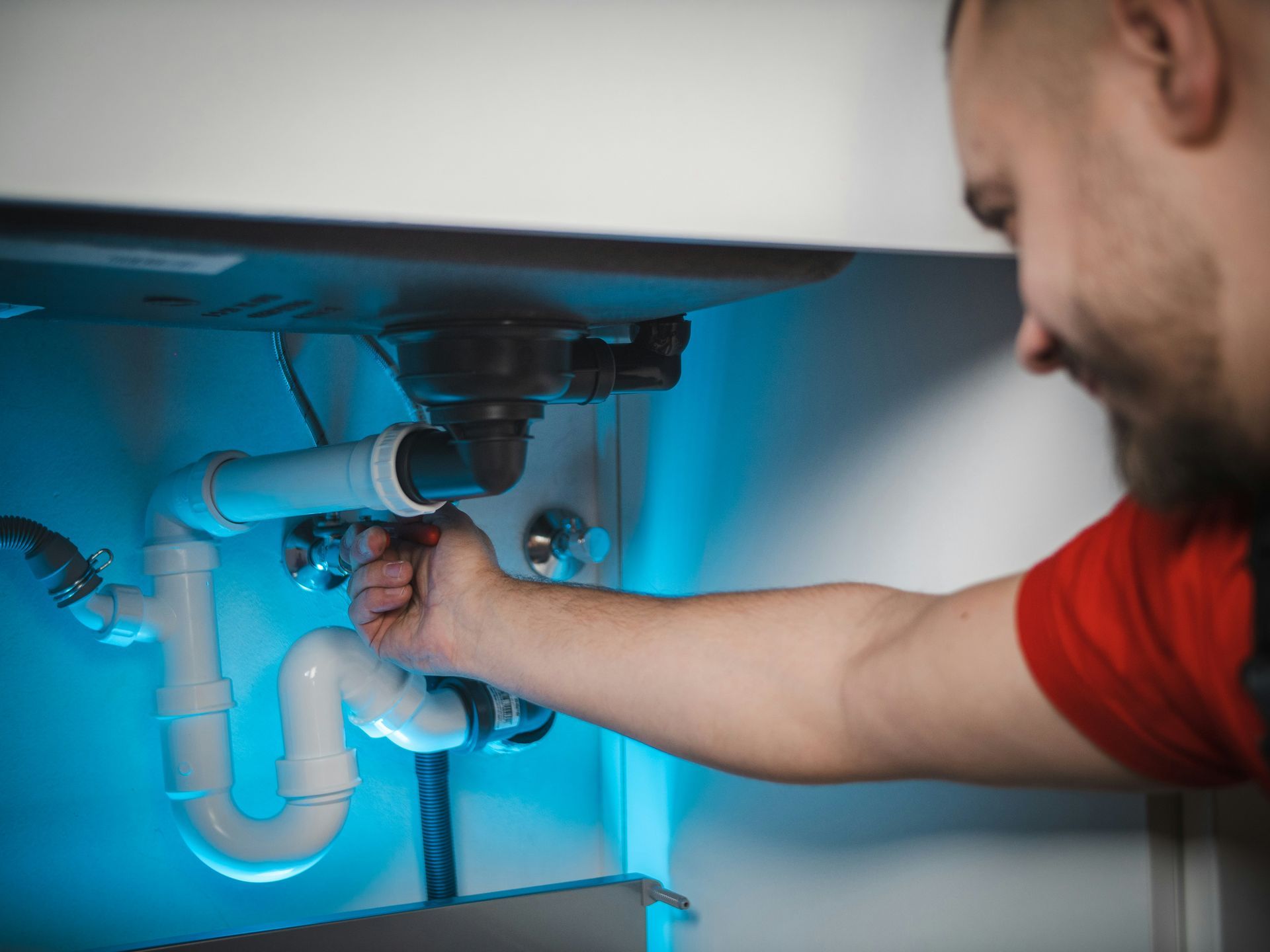The Basics of Septic System Maintenance for Beginners
Septic systems are essential for homes not connected to municipal sewer lines. They treat and dispose of household wastewater underground, relying on natural processes to break down waste. For beginners, understanding how to maintain a septic system can prevent costly repairs and protect the environment. Proper care ensures the system functions efficiently for years, especially in various areas. This article covers the fundamentals, from how the system works to practical tips for upkeep. Whether you are a new homeowner or just want to learn more, these basics will help you keep your septic system in good shape.
Key Takeaways
- Regular pumping every three to five years prevents backups and extends the system's life.
- Conserve water to avoid overloading the system and causing failures.
- Avoid flushing non-biodegradable items to keep the tank and drainfield clear.
- Inspect the system annually for signs of issues like wet spots or odors.
- Use septic-safe products to maintain beneficial bacteria in the tank.
- Know your system's location and keep records of maintenance activities.
Understanding How a Septic System Works
A septic system typically consists of a septic tank and a drainfield, also known as a leach field. The tank is a watertight container buried underground that holds wastewater from your home. As water flows in from toilets, sinks, and showers, solids settle at the bottom, forming sludge, while lighter materials like oils float to the top as scum. The middle layer is liquid effluent, which exits the tank and moves to the drainfield.
In the drainfield, perforated pipes distribute the effluent into the soil, where microbes and natural filtration processes treat it further. This setup relies on gravity or pumps in some cases. The key to longevity is balancing the system's capacity with household usage. Overloading it with too much water or improper waste can disrupt this process, leading to backups or contamination.
Systems vary by soil type, home size, and local regulations. For instance, in areas with poor soil drainage, alternative systems like mound or aerobic units might be used. Beginners should locate their system's components using property records or professional help. Knowing this layout aids in spotting potential problems early.
The Importance of Regular Inspections
Inspections are a cornerstone of septic maintenance. Professionals recommend checking the system every one to three years, depending on usage. During an inspection, a technician measures sludge and scum levels in the tank. If these layers exceed one-third of the tank's volume, pumping is necessary to prevent solids from entering the drainfield.
Homeowners can perform basic visual checks. Look for lush grass over the drainfield, which might indicate leaks, or slow drains inside the home. However, avoid opening the tank yourself due to safety risks like harmful gases. Instead, hire licensed inspectors who can assess baffles, which direct flow in the tank, and ensure no cracks exist.
Keeping a maintenance log is helpful. Record dates of inspections, pumping, and any repairs. This documentation can also be useful when selling the home, as buyers often request septic history. Regular checks not only catch issues early but also comply with local health codes in many areas.
Pumping Schedule and Guidelines
Pumping removes accumulated sludge and scum, preventing clogs. The frequency depends on tank size, household occupants, and water usage. For a typical family of four with a 1,000-gallon tank, pumping every three to five years is common. Larger households or those with garbage disposals might need more frequent service.
To determine your schedule, consider factors like the number of bedrooms and appliances. Some experts suggest annual measurements for precise timing rather than fixed intervals. When pumping, ensure the service accesses both compartments if your tank has them, and cleans the tank thoroughly.
After pumping, the system needs time to rebuild beneficial bacteria. Avoid heavy water use for a day or two. Pumping costs vary but are far less than replacing a failed system, which can run into thousands of dollars.
| Household Size | Tank Size (Gallons) | Recommended Pumping Frequency |
|---|---|---|
| 1-2 people | 750-900 | Every 4-5 years |
| 3-4 people | 1,000-1,250 | Every 3-4 years |
| 5+ people | 1,500+ | Every 2-3 years |
Water Conservation Practices
Excess water strains the septic system by pushing solids into the drainfield prematurely. Simple habits can reduce usage. Install low-flow fixtures like toilets and showerheads to cut water volume without sacrificing comfort. Fix leaks promptly, as a dripping faucet can add hundreds of gallons monthly.
Spread out laundry loads over the week instead of doing them all in one day. This prevents surges that overwhelm the tank. Similarly, avoid running dishwashers and showers simultaneously. Educate family members on these practices to make conservation a household norm.
In dry climates or during droughts, these steps also benefit the environment. Monitoring your water bill can alert you to unusual increases, signaling potential issues. Overall, mindful water use supports the system's natural treatment process.
What to Flush and What to Avoid
The septic tank thrives on beneficial bacteria that break down waste. Flushing inappropriate items kills these microbes or causes blockages. Stick to toilet paper designed for septic systems and human waste. Avoid paper towels, wipes (even those labeled flushable), and feminine products, as they do not degrade quickly.
Household chemicals like bleach, drain cleaners, and antibacterial soaps should be used sparingly. These can disrupt bacterial balance. Grease and oils from cooking solidify in pipes, leading to clogs. Dispose of them in the trash instead.
For cleaning, opt for natural alternatives like baking soda and vinegar. Garbage disposals increase solid waste, so compost food scraps when possible. Following these dos and don'ts preserves the tank's ecosystem and prevents emergencies.
- Do: Use septic-safe toilet paper and limit chemical cleaners.
- Don't: Flush medications, paints, or pesticides, as they can contaminate groundwater.
Caring for the Drainfield
The drainfield is vulnerable to compaction and saturation. Avoid parking vehicles or building structures over it, as weight compresses soil and hinders absorption. Plant grass or shallow-rooted plants to prevent erosion, but steer clear of trees whose roots can invade pipes.
Divert rainwater from roofs and driveways away from the area to avoid flooding. During winter, insulate if needed, but do not add soil without professional advice. Signs of drainfield trouble include pooling water or foul odors, which require immediate attention to avoid health hazards.
Regular mowing keeps vegetation in check without heavy equipment. By protecting this component, you ensure the entire system operates smoothly.
Recognizing and Addressing Common Problems
Common issues include backups, odors, and wet spots. Slow drains or gurgling toilets often signal a full tank or clogged pipes. Tree roots invading lines is another frequent problem; periodic checks can catch this early.
To avoid failures, maintain the bacterial balance and monitor usage. If problems arise, call professionals rather than using additives, which may not solve underlying issues. Preventive measures like proper waste disposal reduce risks.
In cases of failure, contaminated water can pose health risks, so act quickly. Understanding these signs empowers beginners to respond effectively.
Frequently Asked Questions
How often should I have my septic tank pumped?
Pumping frequency varies, but generally every three to five years for average households. Factors like tank size and number of occupants influence this.
What should I not put down the drain with a septic system?
Avoid grease, oils, non-biodegradable items, and harsh chemicals. These can clog pipes or harm beneficial bacteria.
Can I use additives to maintain my septic system?
Additives are not always necessary and may not replace regular pumping. Consult a professional before using them.
What are signs that my septic system is failing?
Look for slow drains, backups, odors, or wet areas over the drainfield. These indicate potential issues needing attention.
How can I locate my septic system on my property?
Check property records, look for lids or risers, or hire a professional to map it out.
Final Thoughts
Maintaining a septic system is straightforward with consistent habits and awareness. By following these basics, beginners can avoid common pitfalls and enjoy reliable service. Remember, professional help is key for complex tasks. With proper care, your system will serve your home effectively for decades.
Contact a professional today for a more efficient septic maintenance work that saves decades of headache.




